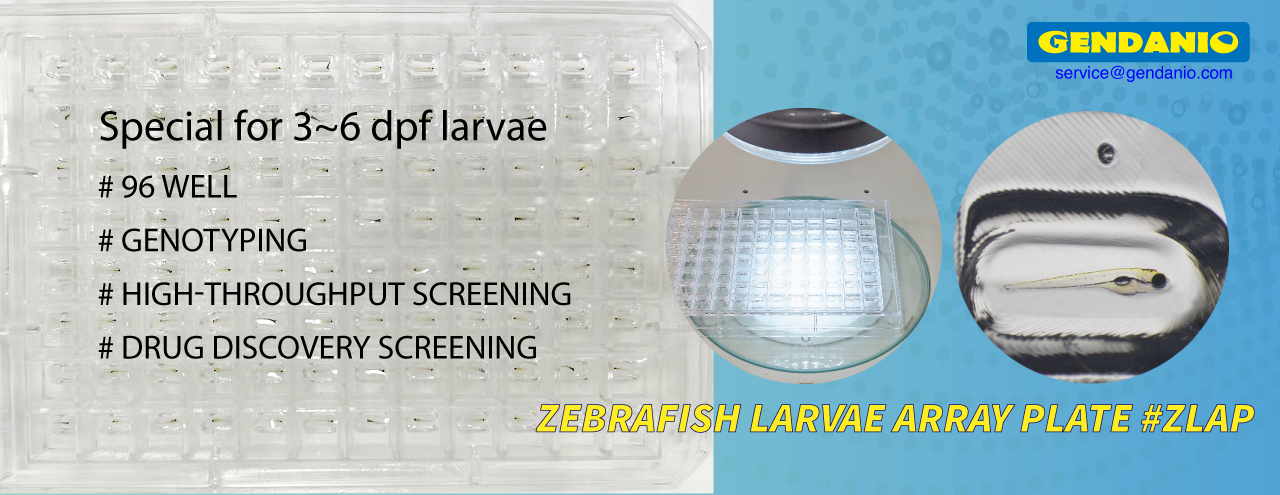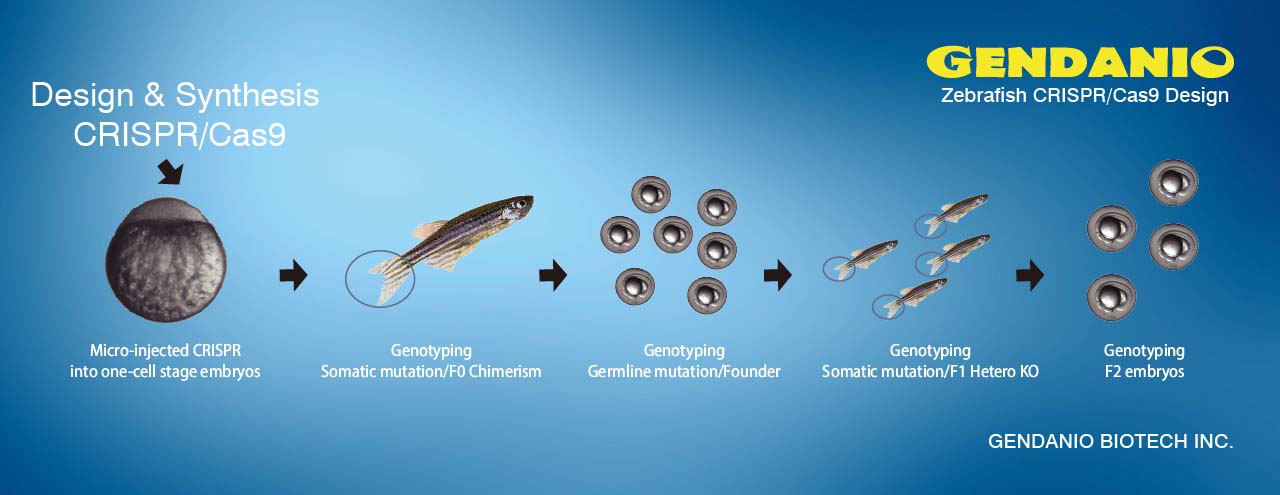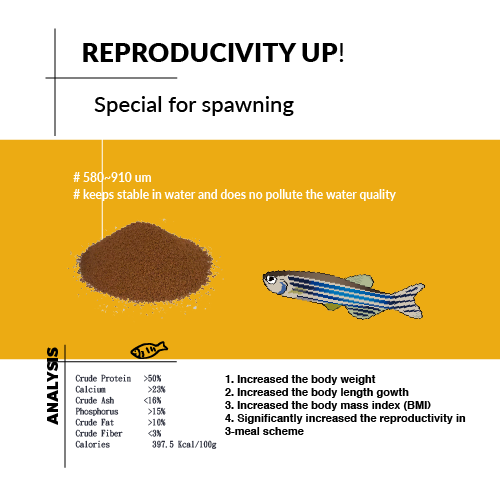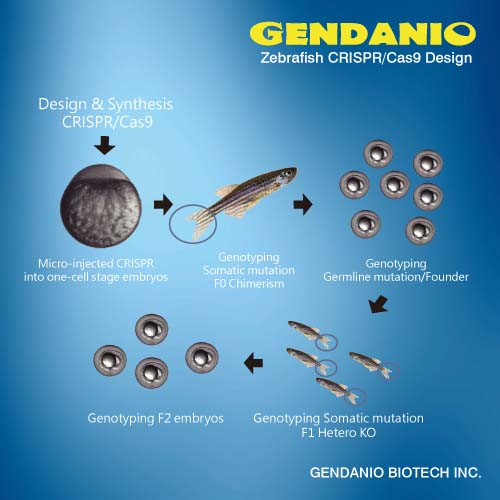ScienceDaily (Nov. 28, 2007) — The cellular mechanism that turns DNA into all of the thousands of proteins that make up a human body is itself both intricate and interesting. A key player in the process--called transcription--is the enzyme RNA polymerase III. A new study reports that a mutation of this enzyme prevents cell division, but surprisingly, only affects the development of specific organs. It may also have a therapeutic application against cancer.
A team of researchers led by Dr. Michael Pack, at the University of Pennsylvania, investigated the mutation in RNA polymerase III of the zebrafish, an animal model system that is increasingly being used to study human development and disease. Seventeen different subunits combine to form the RNA polymerase III enzyme in organisms as diverse as yeast, zebrafish, and humans.
Transcription of tRNAs and other noncoding RNAs by RNA polymerase III is essential for cell proliferation, growth, and survival. With the aide of experiments in the fission yeast, S. pombe, the authors report how a small in-frame deletion in the second largest Pol III subunit, Polr3b, affects tissue progenitor cells in the developing zebrafish digestive system.
The mutation they studied, which is called slim jim (because mutant fish are comparatively thin due to developmental differences), affects only one of these subunits. This subtle change is enough to prevent cells from dividing, because with disrupted transcription machinery, a cell is unable to make enough protein to give rise to two daughter cells.
To further study how the slim jim mutation affected the 17 subunit RNA Polymerase III complex, Dr. Pack's laboratory collaborated with Dr. Richard Maraia. Dr. Maraia's laboratory, at the National Institutes of Health, engineered a similar mutation in the fission yeast Sacchromyces pombe. These experiments showed that the mutation's effect arises because the mutated subunit cannot interact properly with one of its neighbors in the yeast RNA Polymerase III complex.
Remarkably, Dr. Pack's lab showed that when high levels of this interacting subunit are experimentally induced in zebrafish, the slim jim defects were reversed. These experiments are interesting because they show how highly conserved the transcriptional mechanism and its regulation have been throughout animal evolution.
The slim jim mutation only has a strong effect in certain zebrafish tissues, such as the intestine, whereas other organs, including the heart, are relatively unaffected. Dr. Pack explained that this is likely to derive from the different developmental patterns of each organ. Tissues that require cell division to continue late into development or in the adult--and therefore have higher demands for protein production--are the most severely affected.
This provides hope that disrupting this gene in cancer patients may prove beneficial. Cancer is a disease caused by unstoppable cell division, and a therapy that decreases the efficiency of RNA Polymerase III would have a strong effect specifically on cancer growth, which has very high demands for protein production.
Journal citation: Yee NS,, Gong W, Huang Y, Lorent K, Dolan AC , et al. (2007) Mutation of RNA Pol III subunit rpc2/polr3b leads to deficiency of subunit Rpc11 and disrupts zebrafish digestive development. PLoS Biol 5(11): 12.doi:10.1371/journal.pbio.0050312
Source: ScienceDaily






















